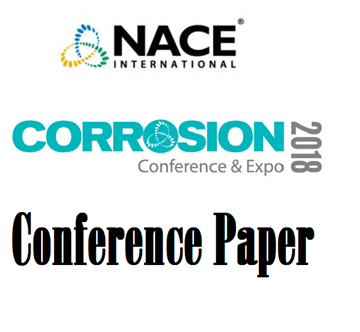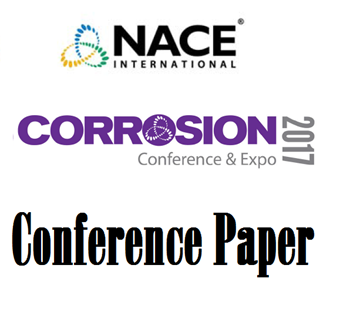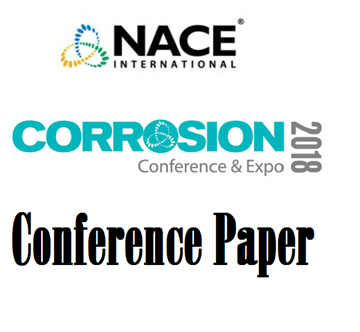Search
51318-11654-Corrosion Inhibitor Screening - Impact of Test Approaches & Conditions on Performance
Also Purchased
51318-11662-DNA sequencing of oilfield samples: impact of protocol choices on the microbiological conclusions
Product Number:
51318-11662-SG
Publication Date:
2018
$20.00
Guidelines for Corrosion Inhibitor Selection for Oil and Gas Production
Product Number:
51317--8842-SG
ISBN:
8842 2017 CP
Publication Date:
2017
$20.00
51318-11634-A condition monitor for atmospheric induced stress corrosion cracking
Product Number:
51318-11634-SG
Publication Date:
2018
$20.00




